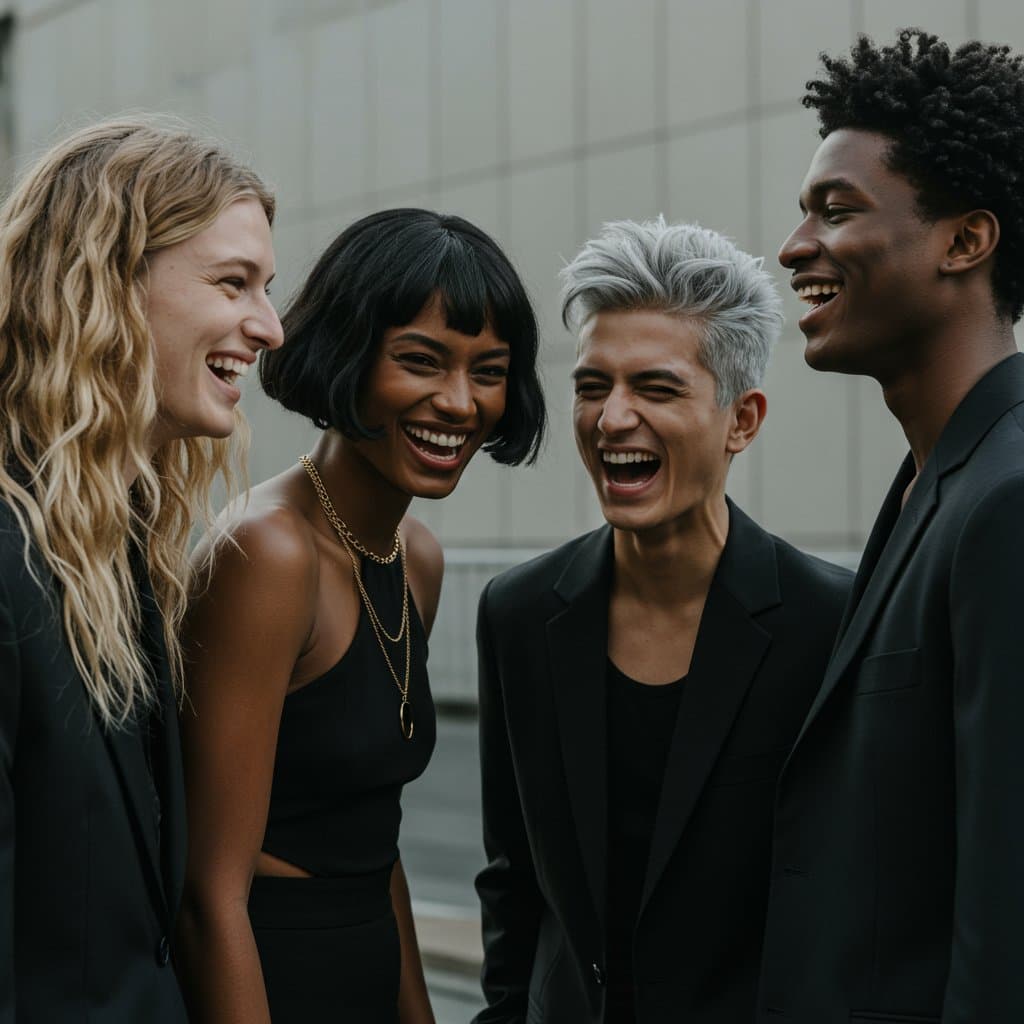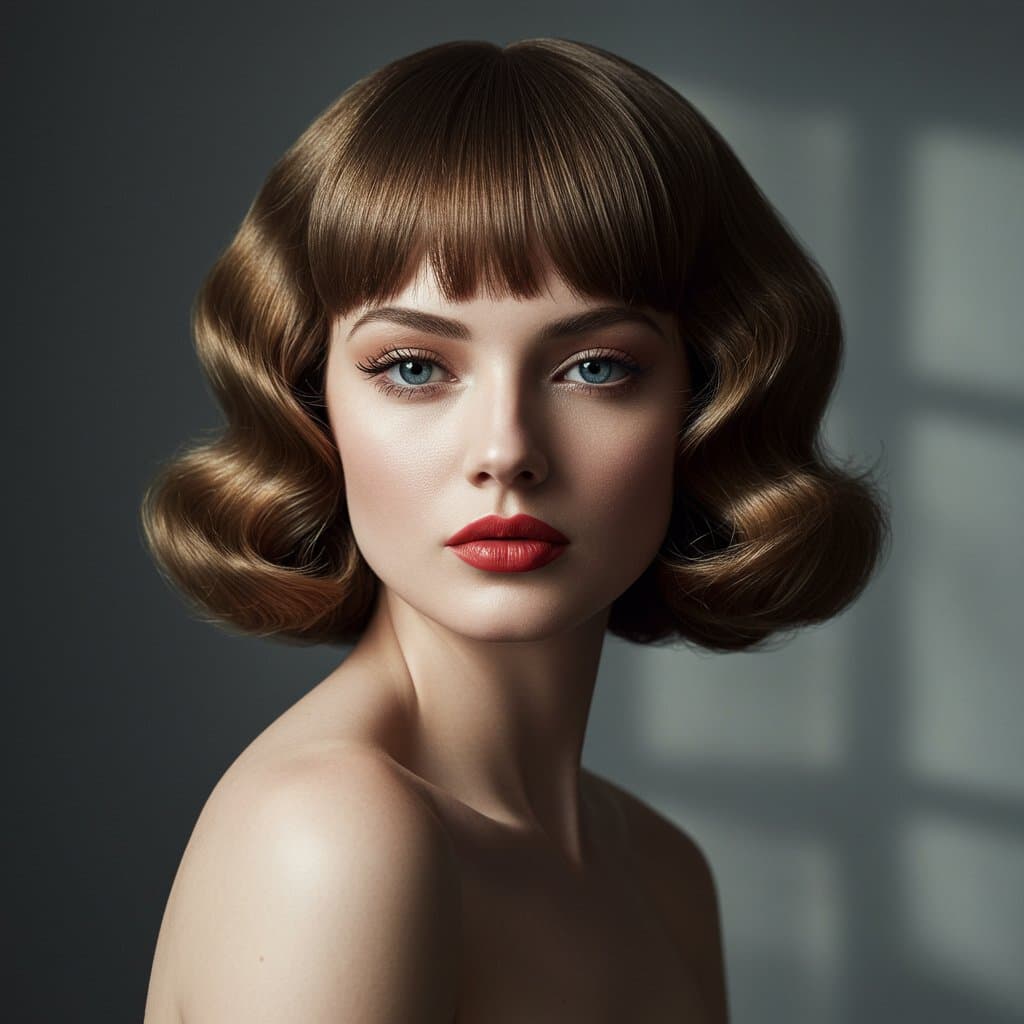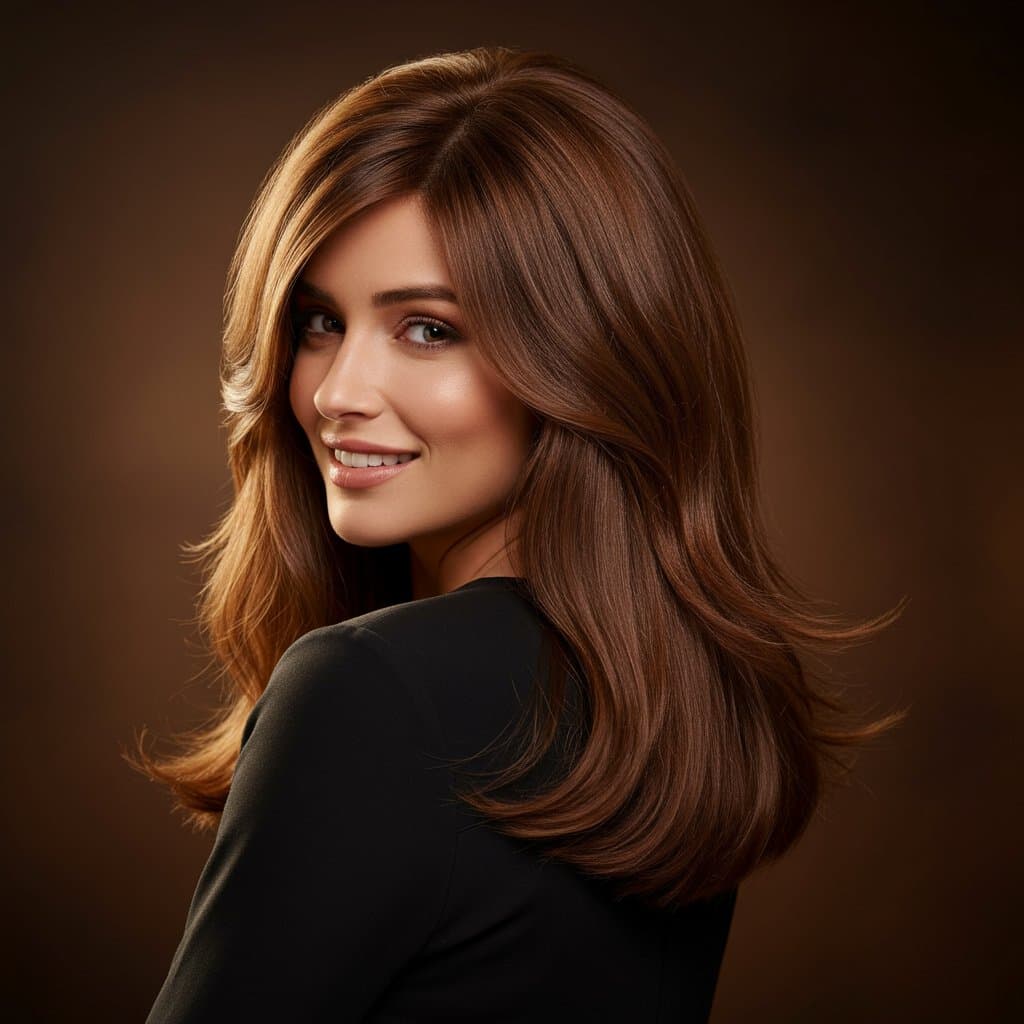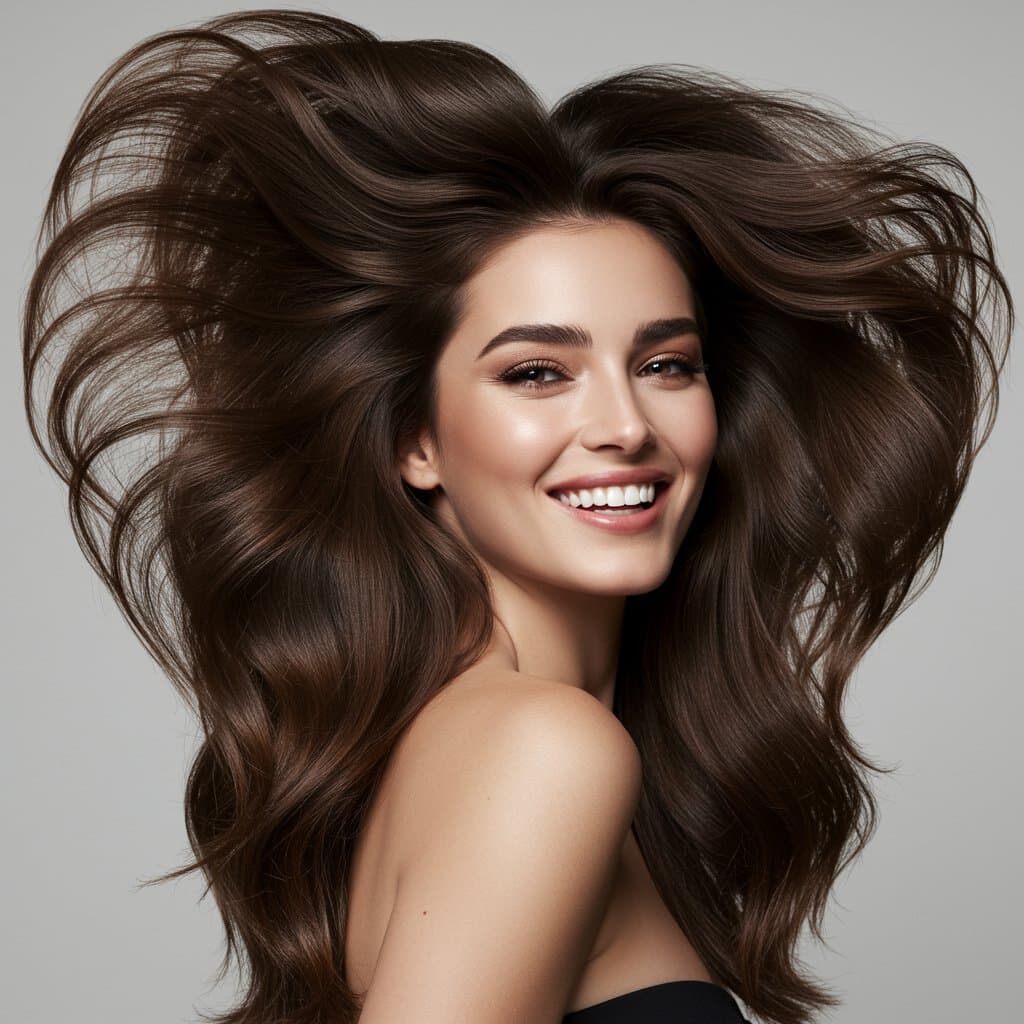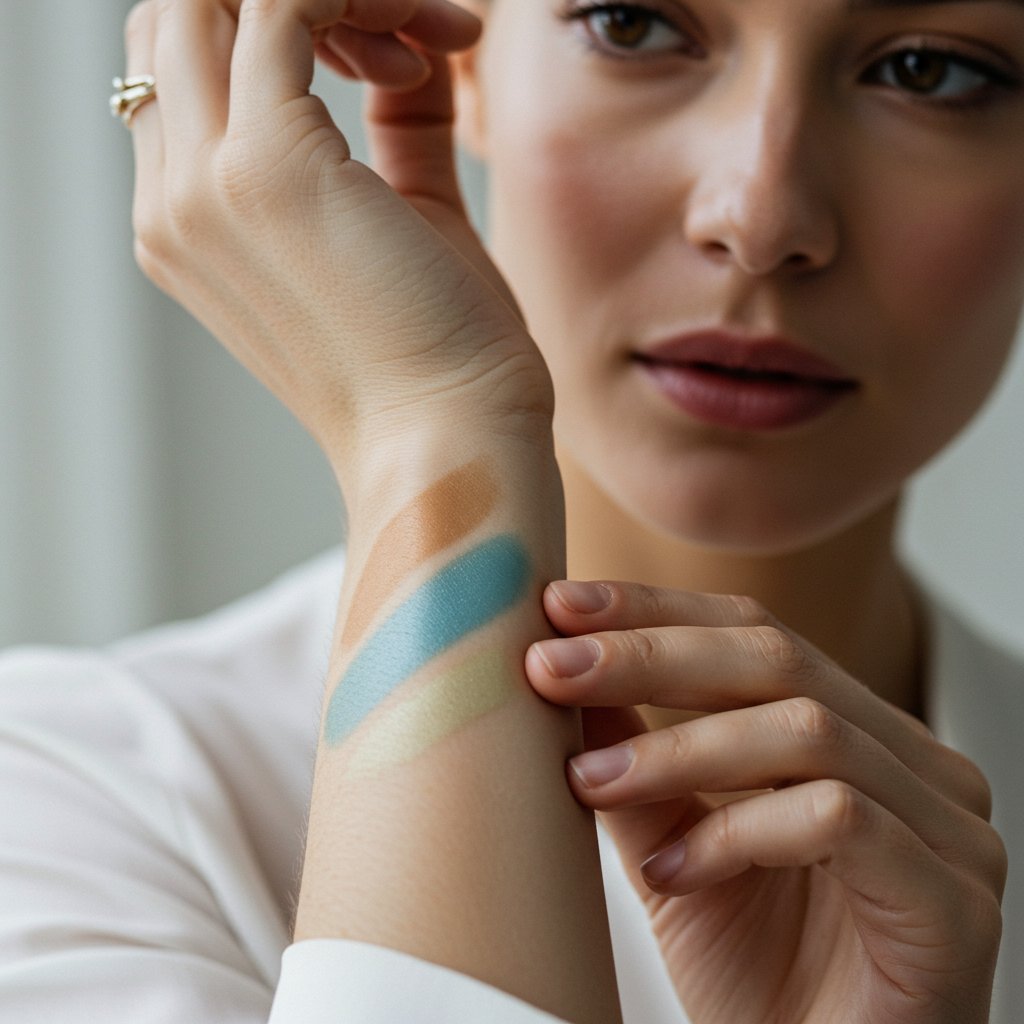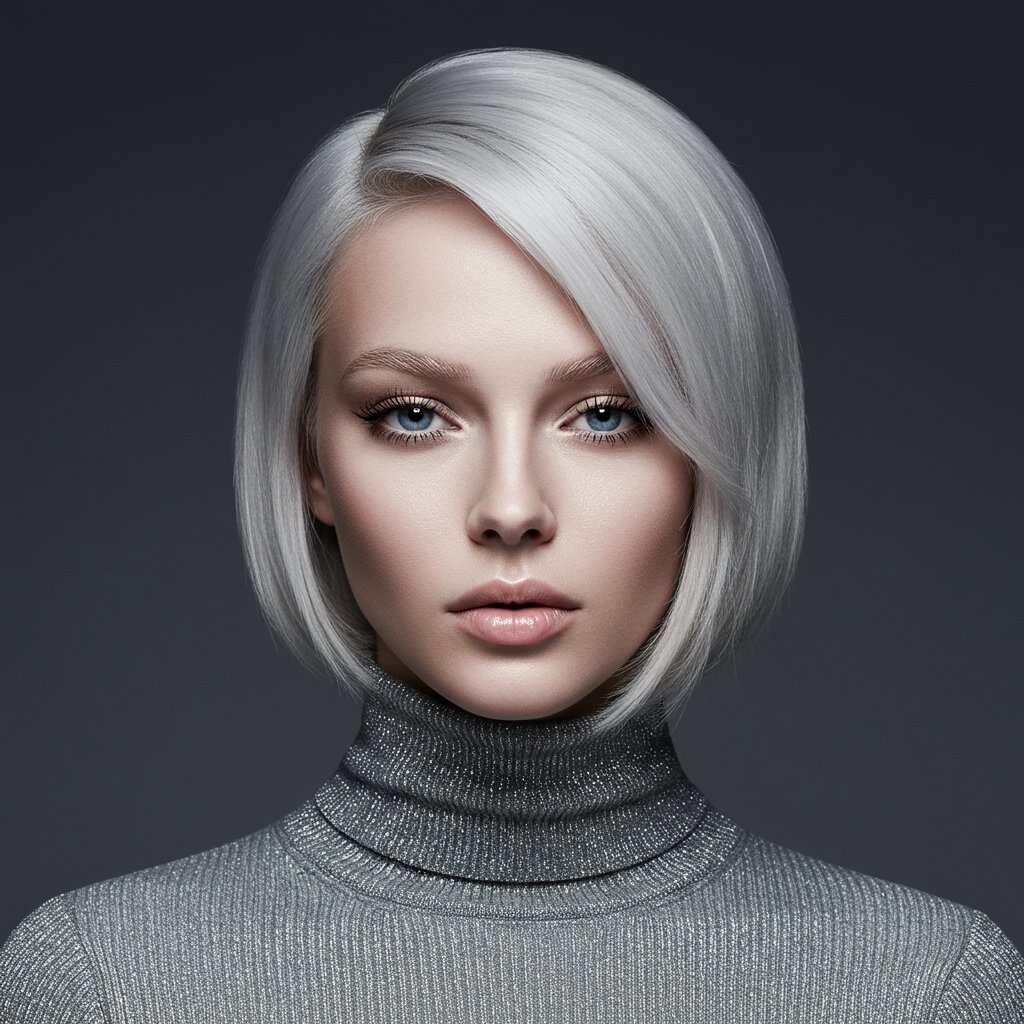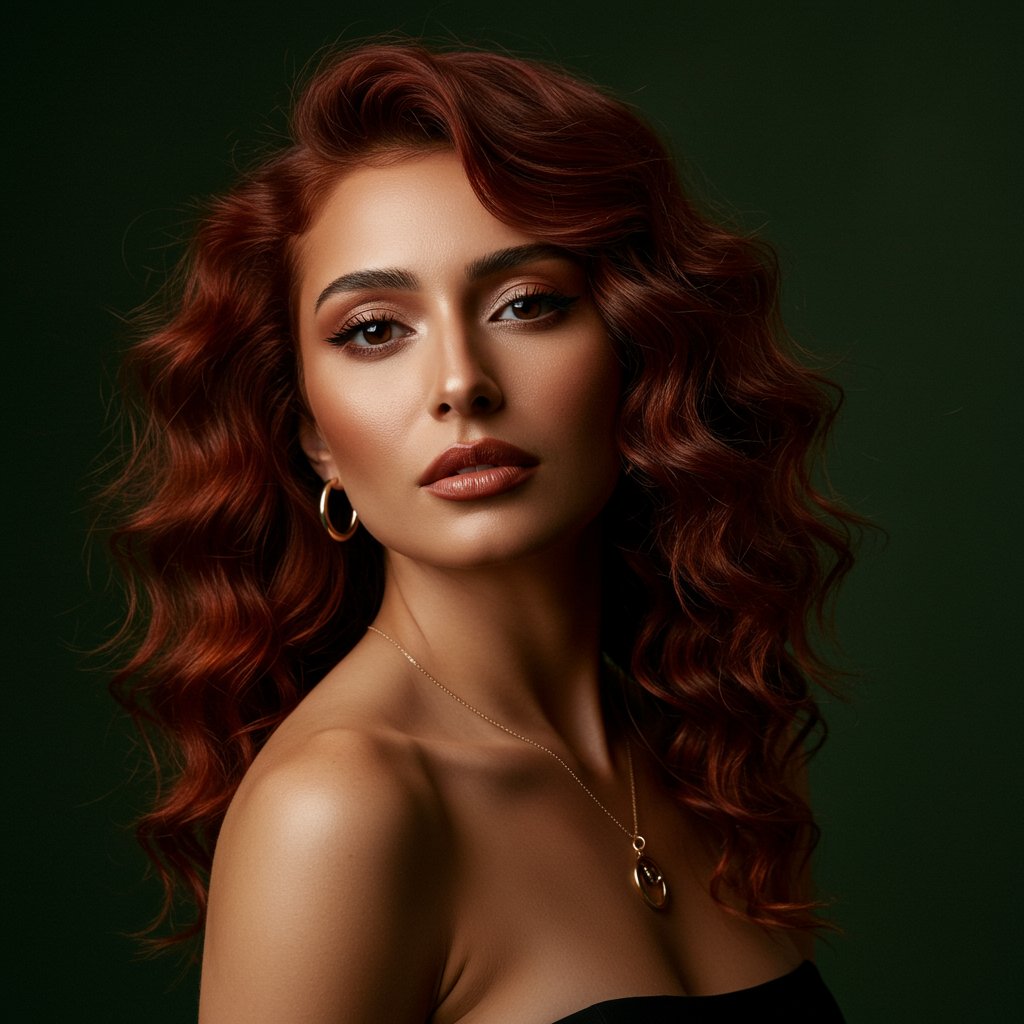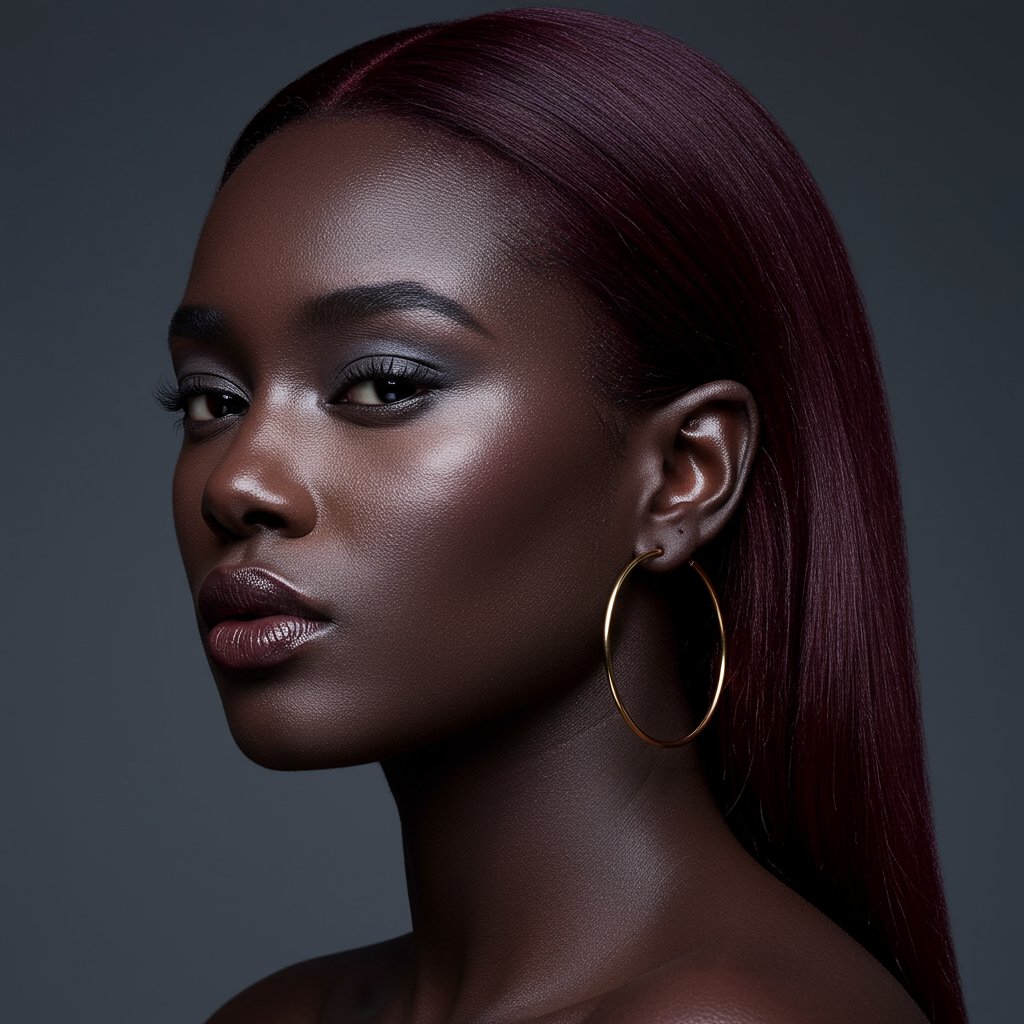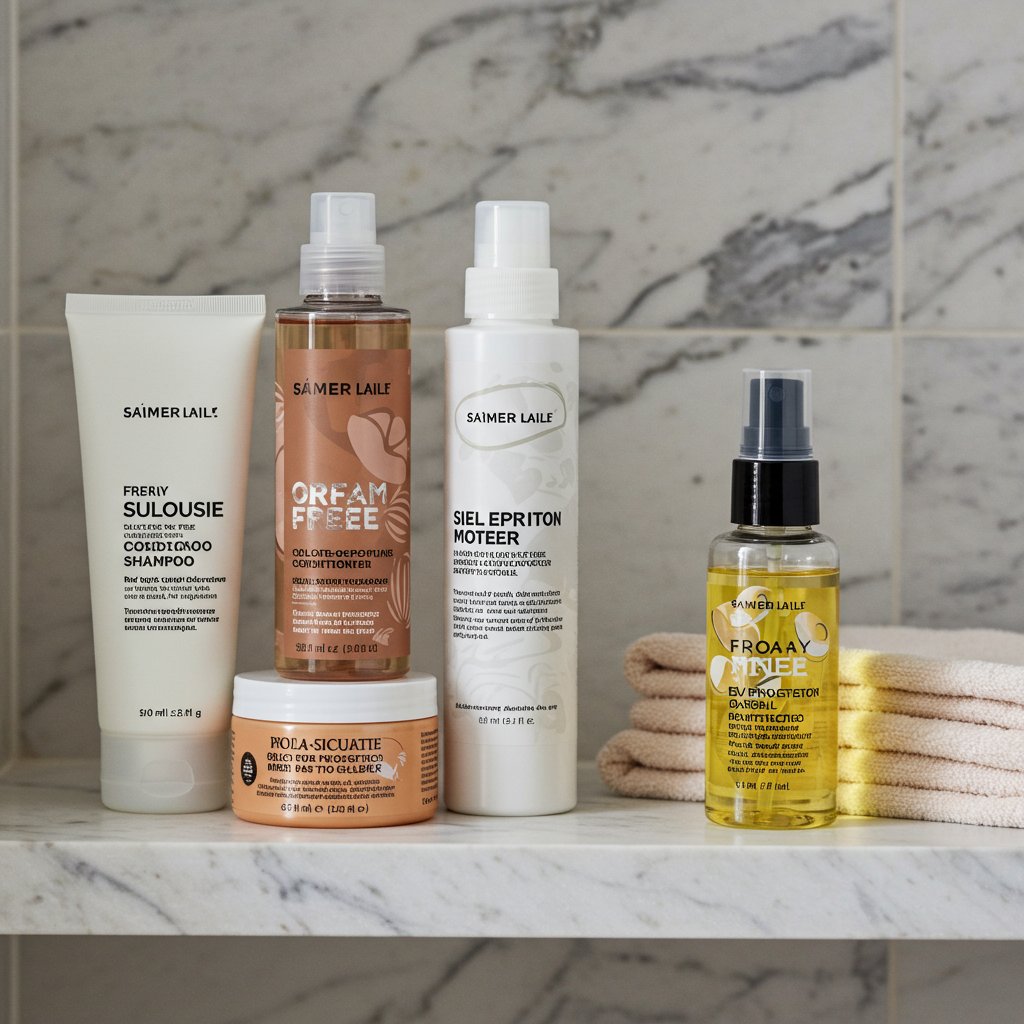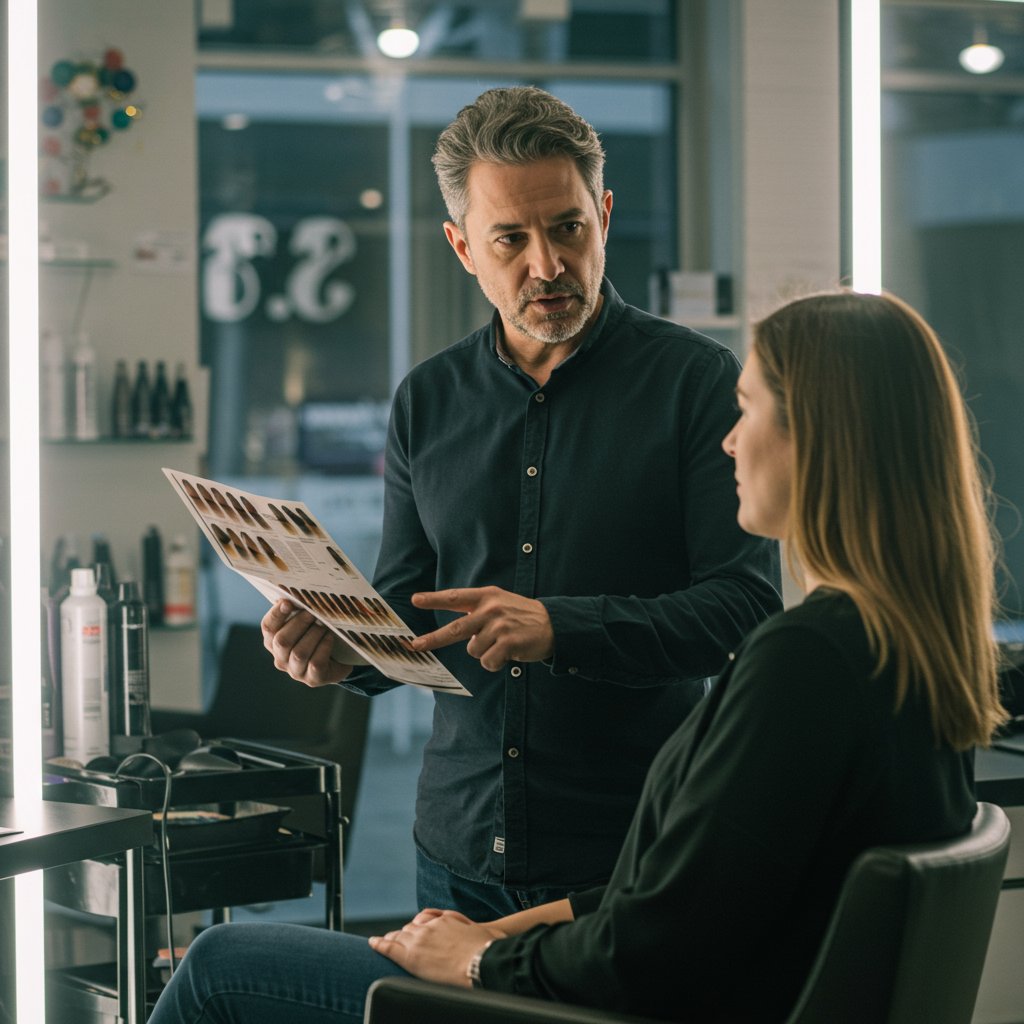The Ultimate Guide to Finding Your Perfect Hair Color
Choosing a new hair color is one of the most transformative beauty decisions you can make. It can brighten your complexion, make your eyes pop, and completely refresh your look. However, with an endless rainbow of shades available, the choice can also be overwhelming. The secret to a truly flattering hair color lies not just in the shade itself, but in how it harmonizes with your unique skin tone. This comprehensive guide serves as your hair color handbook, offering 20 stunning hair color ideas for every skin tone, ensuring your next salon visit is a resounding success.
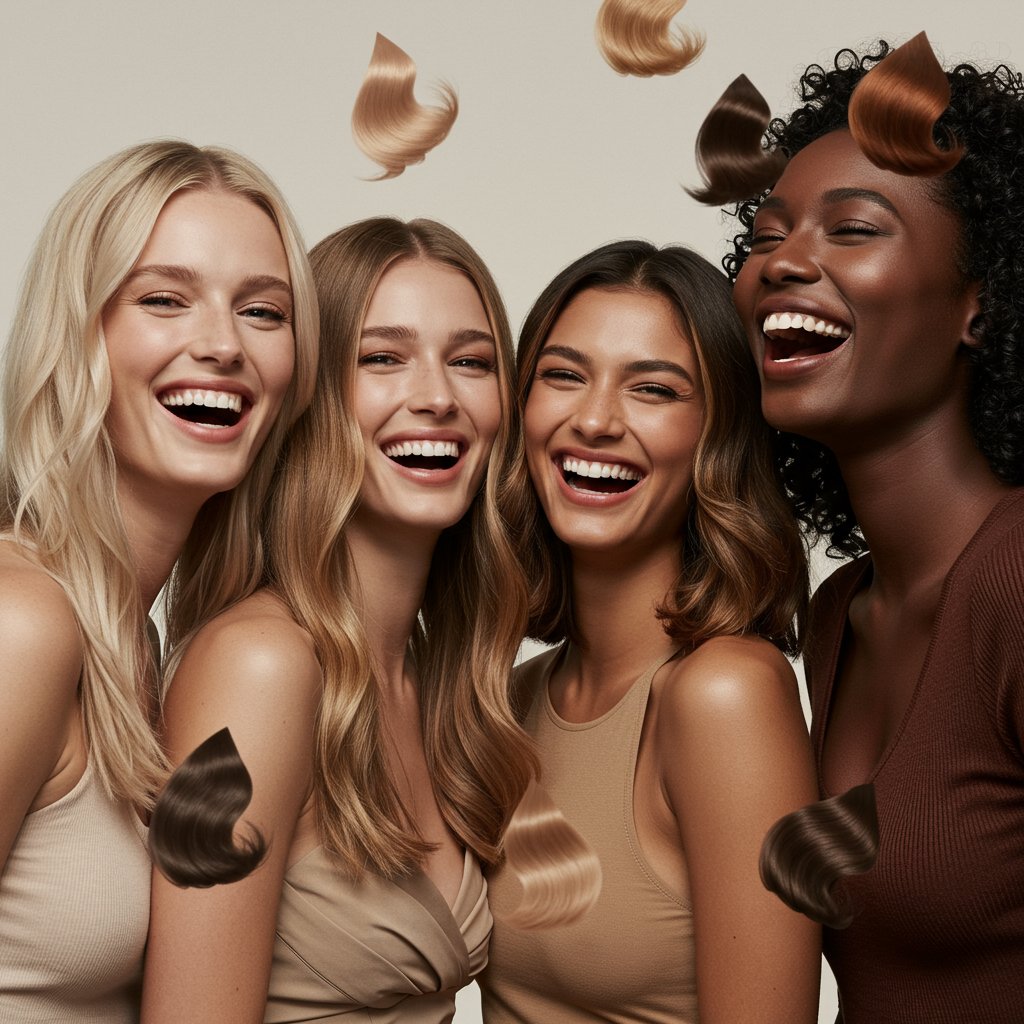
Understanding the relationship between hair color and skin tone is the cornerstone of a successful color service. The right shade can make you look radiant and vibrant, while the wrong one can inadvertently wash you out or appear harsh. This guide demystifies the process by breaking down hair color recommendations based on skin tone and, most importantly, its undertone—the subtle cool, warm, or neutral hue beneath your skin's surface. Whether you have porcelain fair skin or a deep, rich complexion, the perfect color is waiting to be discovered. Let's dive into the world of color theory and find the shade that was made for you.
First Things First: Understanding Your Skin's Undertone
Before you can choose the perfect hair color, you must identify your skin's undertone. Your surface skin tone can change with sun exposure, but your undertone remains constant. There are three main types: cool, warm, and neutral. Knowing which one you are is the most critical step in finding hair color ideas that will complement you perfectly. An experienced stylist can help you determine this, but here are a few simple tests you can do at home.
- The Vein Test: Look at the veins on the inside of your wrist in natural daylight. If they appear bluish or purple, you likely have cool undertones. If they look greenish, you have warm undertones. If you can't definitively tell or see a mix of both, you probably have neutral undertones.
- The Jewelry Test: Think about which type of jewelry looks best against your skin. If silver, platinum, and rose gold make your skin look radiant, you're likely cool-toned. If gold and copper tones are more flattering, you're warm-toned. If you can wear both equally well, you're in the neutral camp.
- The White Fabric Test: Hold a piece of pure white fabric next to your face without any makeup. If your skin looks rosy or pinkish in comparison, you have cool undertones. If your face appears more yellow or golden, you have warm undertones. If your skin seems grayish or it's hard to tell, you might be neutral.
Once you've determined your undertone, you have the key to unlocking a world of flattering colors. The general rule is to choose shades that have the same undertone as your skin for a harmonious look or opt for the opposite undertone for a high-contrast, statement-making style. For the most natural-looking results, sticking with your undertone family is usually the best approach.
Stunning Hair Color Ideas for Fair Skin Tones
Fair skin, often described as porcelain or ivory, provides a beautiful canvas for a variety of hair colors. The key is to select a shade that adds dimension and warmth without overpowering your delicate complexion.
For Cool Undertones (Pink, Red, or Bluish Hues):
- Platinum & Icy Blonde: This bold, almost-white blonde is a match made in heaven for fair skin with cool undertones. It mirrors the coolness in your skin, creating a striking and harmonious look. Think ethereal and modern.
- Ash Blonde/Brown: Ashy shades have a cool, greyish or blue base that neutralizes any redness in fair skin. From a light ash blonde to a deeper mushroom brown, these colors are sophisticated and chic.
- Champagne Blonde: A softer take on platinum, champagne blonde has subtle hints of pink and gold, offering a multi-tonal effect that is incredibly flattering on cool-toned fair skin, adding a touch of warmth without clashing.
For Warm Undertones (Yellow, Peachy, or Golden Hues):
- Strawberry & Golden Blonde: These warm, sunny shades bring out the golden or peachy hues in your skin. Strawberry blonde offers a delicate balance of red and blonde, while golden blonde radiates warmth and light.
- Copper & Light Auburn: A vibrant copper or a soft light auburn can make fair, warm-toned skin glow. These shades are rich and eye-catching, creating a beautiful contrast that enhances your complexion's natural warmth.
Gorgeous Hair Color Ideas for Medium Skin Tones
Medium skin tones, which can range from light beige to golden olive, have a versatile base that supports a wide spectrum of colors. The goal is to enhance the natural warmth and avoid shades that can make the skin appear sallow.
For Cool & Neutral Undertones (Olive or Pinkish Hues):
- Mushroom Brown/Blonde (Mousy): This trendy, earthy shade sits perfectly between brown and blonde with cool, ashy undertones. It’s a sophisticated choice that complements the subtle coolness in medium and olive skin without being harsh.
- Dark Chocolate Brown: A rich, deep chocolate brown with cool undertones can create a stunning contrast against medium skin. It makes a statement while remaining timeless and elegant, enhancing eye color beautifully.
- Walnut Brown: A medium brown with subtle cool or neutral tones, walnut is a fantastic choice for adding richness and depth. It looks incredibly natural and healthy, providing a perfect brunette base.
For Warm Undertones (Golden or Caramel Hues):
- Bronde (Brown + Blonde): The perfect fusion of brunette and blonde, bronde offers sun-kissed dimension. For warm medium skin, a bronde with golden or honey highlights woven through a light brown base is exceptionally flattering.
- Caramel & Honey Highlights: Adding ribbons of warm caramel or rich honey to a brunette base can instantly brighten a medium complexion. This technique adds movement and light, mimicking a natural, sun-kissed glow.
Radiant Hair Color Ideas for Tan & Olive Skin Tones
Tan and olive skin tones have a beautiful natural warmth that can be enhanced by the right hair color. These complexions often have a golden or greenish undertone, making them a perfect match for rich, warm shades, though some cool tones can also create a striking effect.
For Warm Undertones (Predominantly Golden or Yellow Hues):
- Honey Blonde Balayage: A full head of blonde can sometimes wash out tan skin, but a skillfully painted honey blonde balayage on a darker base is a game-changer. It adds brightness around the face and enhances the skin's golden glow.
- Rich Auburn & Mahogany: Deep, warm reds like auburn and mahogany are incredibly striking on tan and olive skin. These shades pick up on the warmth in the complexion, creating a vibrant, cohesive, and luxurious look.
- Golden Brown: A solid, all-over golden brown or a dark brown base with golden highlights adds immense richness and dimension. It’s a classic choice that always looks healthy, shiny, and sophisticated.
For Cool or Neutral Undertones (Subtle Greenish or Ashy Hues):
- Ashy Bronde: For those with a cooler or more neutral olive complexion, an ashy bronde can be stunning. The coolness in the hair color balances the skin tone, creating a modern and edgy look that stands out.
- Dark Mocha: A deep, cool-toned brown like mocha or espresso provides a dramatic and beautiful frame for tan skin. It’s a powerful look that emphasizes the eyes and bone structure without adding competing warmth.
Breathtaking Hair Color Ideas for Deep Skin Tones
Deep skin tones are a magnificent canvas for a wide range of hair colors, from the most natural to the most vibrant. The key is to choose shades that offer a rich saturation of color to complement the depth of the complexion.
For Cool Undertones (Reddish, Blue, or Purple Hues):
- Inky Jet Black: A true, blue-based jet black is incredibly striking against deep skin with cool undertones. It creates a seamless, polished, and powerful look, reflecting light for an intense shine.
- Deep Burgundy & Merlot: Rich, cool-toned reds like burgundy, merlot, and deep cherry are phenomenal choices. They add a subtle yet captivating pop of color that complements the reddish or blue undertones in the skin.
- Violet & Indigo Hues: For a bolder choice, deep violet or indigo tones, either as an all-over color or as subtle highlights, can be breathtaking. These cool, jewel-toned shades are unique and highly sophisticated.
For Warm Undertones (Golden, Orange, or Yellow Hues):
- Espresso & Warm Chocolate: A rich, warm-toned dark brown like espresso or dark chocolate enhances the golden glow of deep skin. Adding subtle caramel or toffee highlights can create beautiful, light-catching dimension.
- Golden Bronze & Copper Tones: Weaving metallic shades of golden bronze or coppery red through dark hair can beautifully illuminate deep, warm complexions. This can be done subtly with a balayage or more boldly with highlights.
Pro Tips for Maintaining Your New Hair Color
Once you've invested in the perfect hair color, protecting that investment is crucial. Professional hair color is a commitment, and proper aftercare will keep your shade vibrant and your hair healthy for weeks to come. Here are some essential tips recommended by top stylists.
- Use Color-Safe Products: Switch to a sulfate-free shampoo and conditioner specifically formulated for color-treated hair. These gentle cleansers won't strip your hair of its new color and essential moisture. Using a color-depositing conditioner or mask once a week can also help refresh your tone between salon visits.
- Wash Less & Use Cool Water: Frequent washing is the fastest way to fade your color. Try to extend the time between washes using a quality dry shampoo. When you do wash, use lukewarm or cool water. Hot water opens up the hair cuticle, allowing color molecules to escape more easily.
- Protect from Heat and Sun: Heat styling tools and UV rays are major culprits of color fading. Always apply a heat protectant spray before using blow dryers, straighteners, or curling irons. When spending extended time in the sun, wear a hat or use a UV-protectant hair spray to shield your locks.
- Schedule Regular Salon Visits: To keep your color looking its best, book regular appointments for root touch-ups or gloss treatments. A gloss or toner service is a quick way to boost shine and refresh the tone of your color, keeping it from looking dull or brassy. Discuss a maintenance schedule with your stylist based on your specific color and hair growth.
Frequently Asked Questions About Hair Color
1. I have neutral undertones. What hair colors can I wear?
If you have neutral undertones, you're in luck! You have the widest range of options and can pull off both warm and cool shades. You can experiment freely, from icy platinum to golden caramel. The choice often comes down to personal preference and the look you want to achieve.
2. Can I wear a warm hair color if I have cool undertones?
Absolutely, but it's about finding the right version of that warm color. For instance, instead of a brassy, yellow-gold blonde, someone with cool undertones might opt for a rose gold or a neutral-warm beige blonde. A skilled colorist can customize a warmer shade to include some cooler elements that will prevent it from clashing with your skin.
3. How do I prevent my new red hair color from fading so quickly?
Red hair molecules are larger than other color molecules, which makes them more prone to fading. To combat this, use a color-safe, sulfate-free shampoo, wash with cool water, and minimize washing frequency. Using a red color-depositing conditioner once a week is also highly effective at keeping the color vibrant.
4. What's the difference between balayage and highlights?
Highlights are traditionally created using foils to create a more uniform, patterned look from root to tip. Balayage is a French freehand painting technique where the colorist sweeps color onto the hair, creating a more natural, graduated, sun-kissed effect that grows out more softly without a harsh root line.
5. How often should I get my hair colored?
This depends on the type of color service. All-over color or traditional highlights often require a root touch-up every 4-8 weeks. A balayage or ombre service is more low-maintenance and can often go 3-6 months between appointments. A gloss or toning service is recommended every 6-8 weeks to maintain the desired shade.
6. Will bleaching my hair cause a lot of damage?
Lightening hair requires bleach, which does alter the hair's structure. However, modern professional hair salons use advanced lighteners with built-in bonding agents that protect the hair's integrity during the process. When performed by an experienced stylist and followed up with proper at-home care, including deep conditioning treatments, the damage can be significantly minimized.
Your Perfect Color Awaits
Choosing the right hair color is a journey of self-expression, and understanding your skin tone is the map that guides you to a beautiful destination. This handbook of 20 hair color ideas for every skin tone is your starting point, designed to inspire and inform. Remember that these are guidelines, not strict rules. The most important factor is choosing a color that makes you feel confident and beautiful.
For the best results, always seek the expertise of a professional colorist. They can assess your skin tone, hair type, and lifestyle to create a custom color that is uniquely you. They have the technical skill to achieve complex shades and the artistic eye to place color in a way that flatters your features. Ready to make a change? Consult with a stylist today and unlock the power of the perfect hair color.


